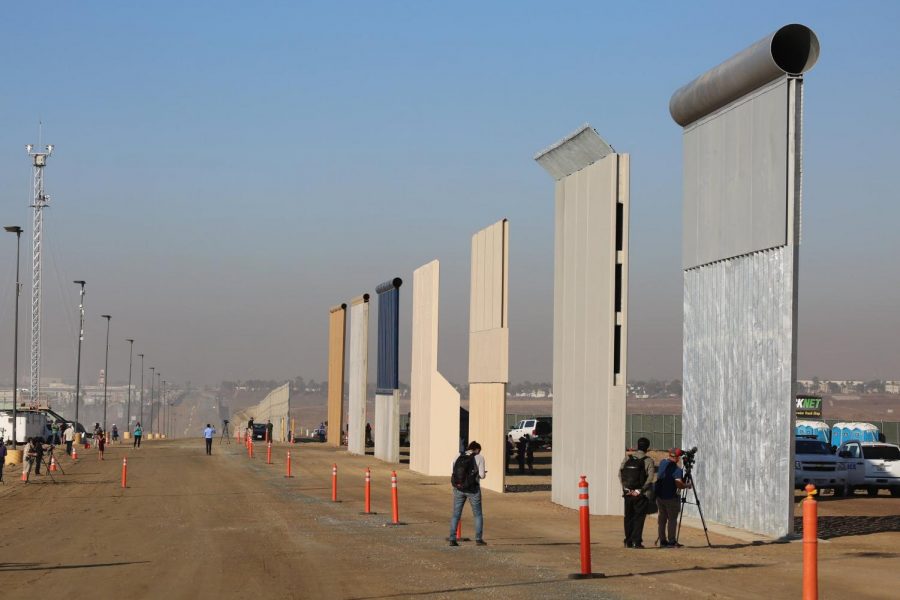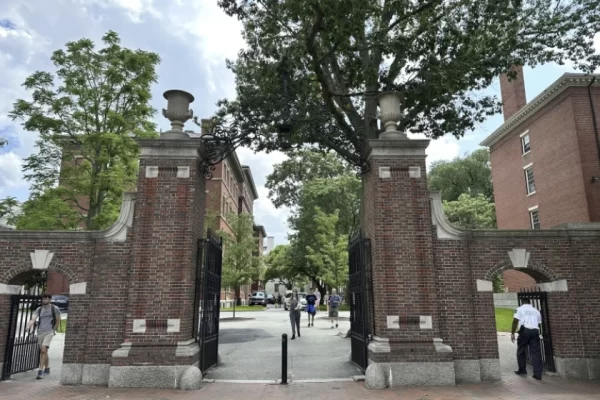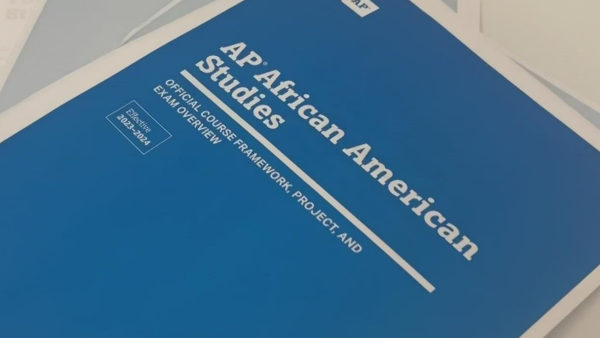Dividing Line Between U.S. and Mexico
Photo courtesy architect news
580 miles. That is the length of fencing we have between the U.S. and Mexico. Ranging from steel slats to bollards, the current fences, constructed under the 2006 Secure Fences Act, were designed to deter terrorism, drug smuggling, and illegal immigration. Thirteen years later, with the president and hardline conservatives revisiting the idea of fortifying the border, it is important to ask the question: Do barriers work?
A recent claim Trump has made is that members of Al Qaeda are illegally crossing the border, evidenced by prayer rugs “found” on the border. This claim has been thoroughly debunked, but the bigger question of terrorism remains. Although it seems plausible that terrorists would go through open parts of the border, according to the Center for Immigration Studies, no one has ever crossed the border to commit an act of terrorism. Most terrorists either enter the U.S. through international flights or are people born in the U.S. As open as our border is, the unfortified parts consist of harsh desert and mountainous terrain, deterring potential terrorists from going through the border. In fact, a much bigger issue than the nearly nonexistent threat of border crossing terrorism is the issue of homegrown terrorism, where citizens rejected by their communities become easily radicalized and commit an act of terrorism. We should shift our attention from the border wall to what’s happening inside our borders.
Proponents of increasing border security affirm that more barriers would lead to less drug trafficking. While it is true drug smuggling across the border is an issue, a wall or barrier is not the solution. First of all, most drug smuggling is not conducted along the border, but at ports of entry, where cartels hide drugs in vehicles (NY Times). Second, according to the Cato Institute, the cartels have found multiple ways around every type of border, including climbing over the fence, digging a tunnel under the fence, constructing ramps for cars to drive over, and cutting holes in the fence. If we want to stop the drug smuggling, we should attack the source of the problem: the high demand for drugs among Americans. Decreasing the stigmatization of drugs and decriminalizing drug abuse could decrease this demand.
Perhaps the most pervasive and personal argument for more barriers is the fear of illegal immigration. In his national broadcast, Trump portrayed the thoughts many hardline conservatives have about illegal immigration: the migrants are criminals who pose a threat to our country. While the stories of illegal immigrants hurting U.S. civilians are tragic, the overarching picture of immigration is one of asylum and economic opportunities. In 2018, according to the Washington Office in Latin America, over 100,000 asylum applications have been filed, with many from Honduras, El Salvador, and Guatemala. In fact, undocumented immigrants are less likely to commit crimes than citizens (Washington Post). Even for people who dislike immigrants in general, the situation on the border is far from a crisis: the number of border apprehensions is the lowest it has been in the past ten years (NY Times). Additionally, as with drug smuggling, people can also bypass the border barriers in much the same ways. As a sovereign nation, the U.S. is well within its rights to secure its borders, but when it comes to immigration, barriers do little to deter the dreams of thousands of migrants.
If the border barriers don’t stop terrorism, don’t stop drug smuggling, and don’t stop illegal immigration, what do the barriers do? An often underrepresented issue of the border barriers is the environmental impact they have. The land on the border is not a barren wasteland, but rather a diverse ecosystem, from the Sonoran Desert in the Southwest to the marshlands along the Rio Grande. Teeming with wildlife, the borderlands are ecological gems and many sites are national parks or sanctuaries. The construction of fences and barriers in these ecosystems threatened the very existence of hundreds of species along the border. For instance, the fence along the Cabeza Prieta Wildlife Reserve has blocked the migration patterns of the Sonoran Pronghorn, who used to travel freely between the border for food and resources. This has resulted in a decrease in the Pronghorn population from a few thousand to a few hundred in five years. The barriers also stop the natural flow of water on the borderlands, causing flooding during heavy rains. One such flood in Nogales, Mexico killed two people and destroyed people’s homes and businesses. In fact, to create the border under the 2006 act, the Department of Homeland Security waived 40 environmental protection laws.
The cost of additional border barriers is far from affordable. The 5.7 billion dollars demanded for the border wall, already an astronomical amount, is not the actual cost of the wall. According to a report from Trump’s own Homeland Security Department, the wall would cost around 21.6 billion dollars. With this amount, the government can pay off 600,000 student loans, provide rent for every homeless person in the country for three years, or cover 60 million Americans with dental insurance. The border barriers are a massive drain on the government’s budget and resources.

Grade: 12
Years on Staff: 2
What do you like to do in your free time? Read, play tennis.
Why are you writing for The Flintridge Press? ...












